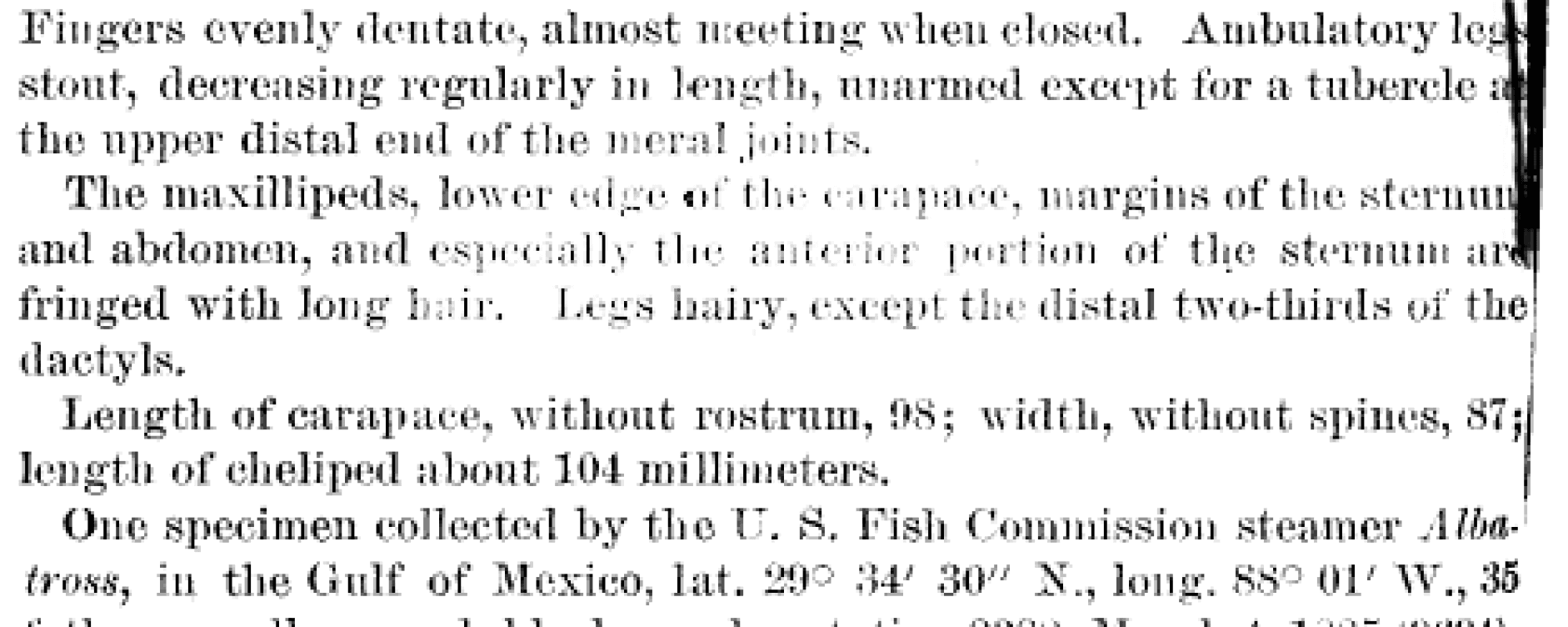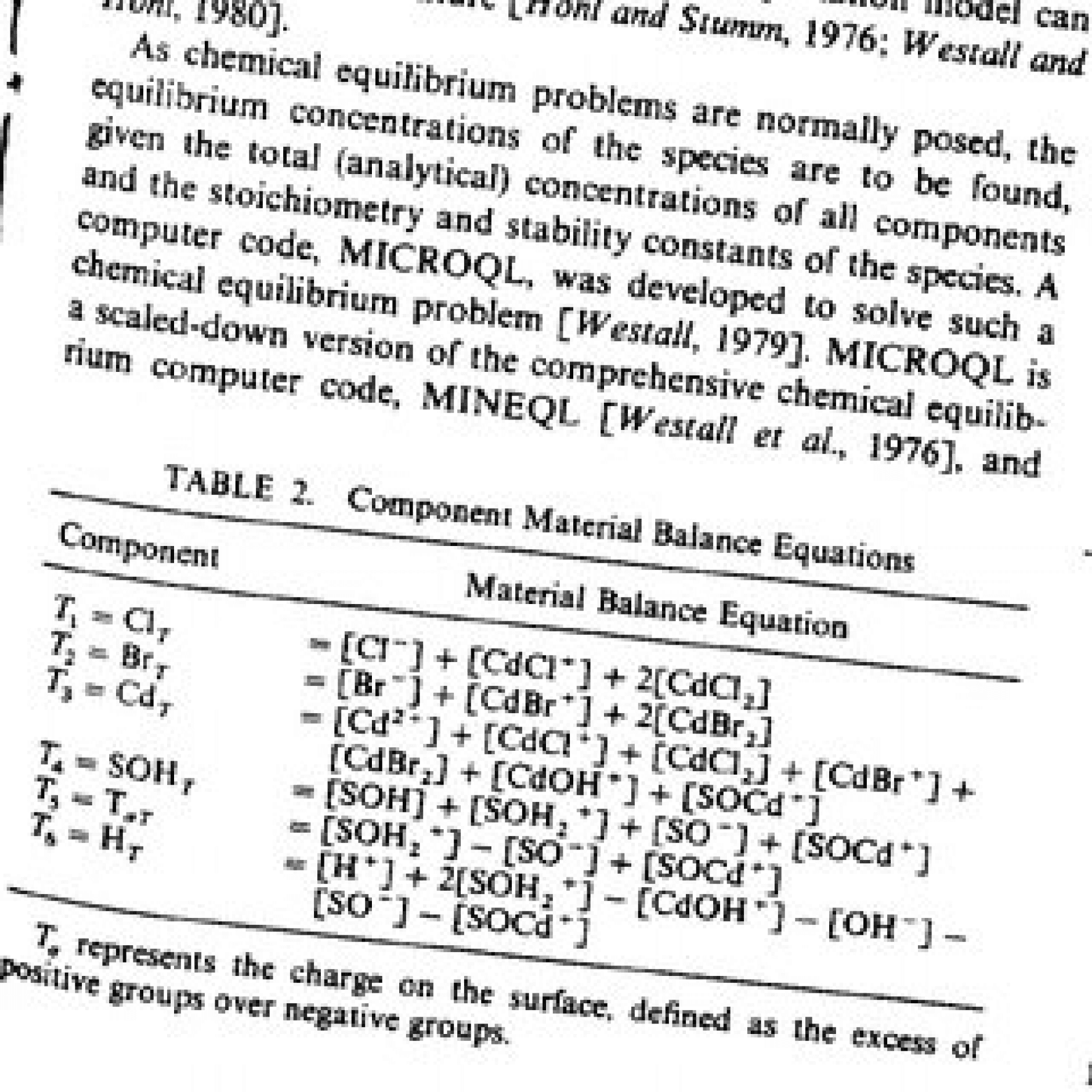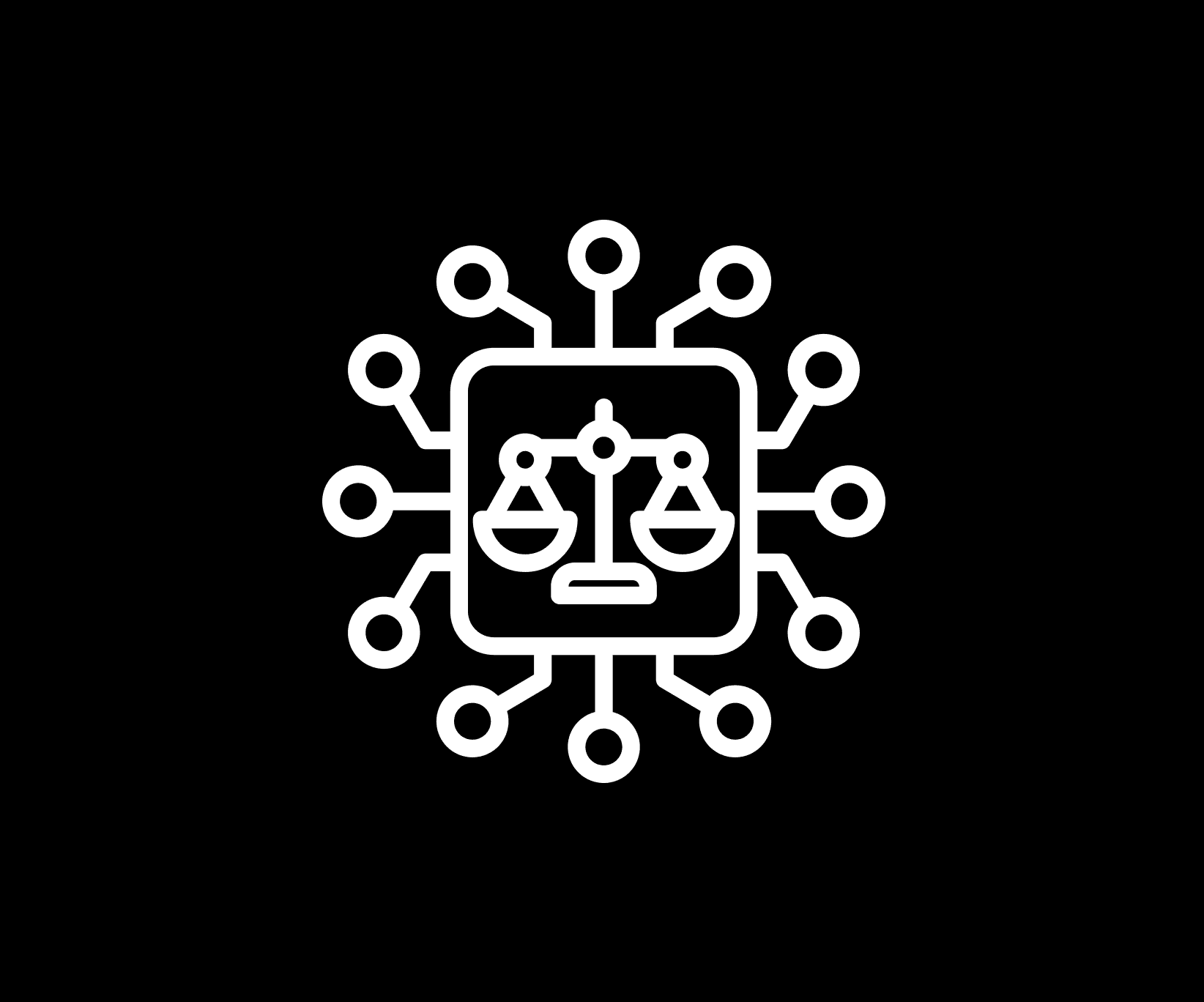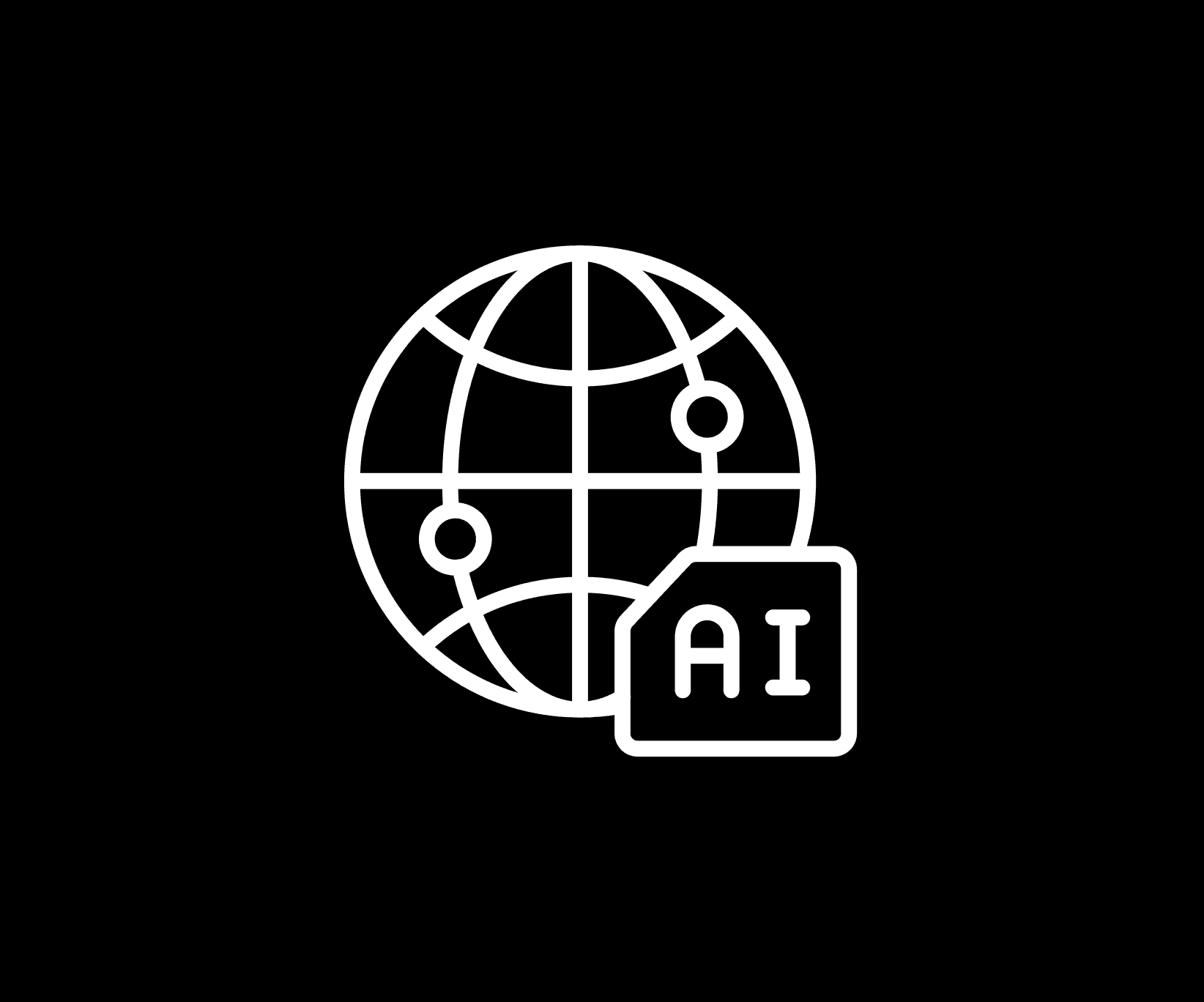AI
Beyond OCR: AI's Promise for ADR Professionals
Transforming Garbled Text into Valuable Evidence
Imagine this scenario: you're deep into a complex construction arbitration case, surrounded by stacks of documents when you come across a crucial piece of evidence—a poorly scanned document. As you strain to read the blurry text, trying to make sense of what could be a key piece of information, it's easy to wonder how many hours might be lost to this frustrating task.

This situation is all too familiar to many in the Alternative Dispute Resolution (ADR) profession. Dealing with garbled site documents in high-stakes construction disputes can be incredibly challenging. The potential insights hidden within those pixelated pages are enticing, yet the prospect of manually decoding them feels overwhelming.
However, recent experiments with AI language models suggest a promising solution. These powerful tools, initially designed for natural language processing, have shown a remarkable ability to interpret and translate even the most scrambled text. Could this be the key to unlocking the wealth of information trapped in poorly scanned documents that often burden the industry?
The Challenge of Poor Document Quality
In the world of ADR for construction and engineering projects, the quality of documentation can make or break a case. Yet, all too often, professionals find themselves wrestling with garbled text and illegible scans. But what's behind this persistent problem?
Common causes include technological limitations of older documents, on-site damage, multiple photocopying, improper scanning techniques, and overzealous file compression. The consequences for ADR professionals are severe: wasted time, potential misinterpretation, incomplete evidence, credibility issues, and increased stress.

ADR professionals are trained to analyse and interpret complex information. However, when that information is obscured by poor document quality, their expertise is needlessly diverted to the mundane task of deciphering text. This not only hampers efficiency but also increases the risk of overlooking crucial details that could swing a case one way or the other.
Enter AI Language Models
Amidst this challenge, an unexpected ally has emerged: AI language models. These sophisticated models, trained on vast amounts of text data, are designed to understand, generate, and manipulate human language. Many are familiar with their applications in chatbots and content generation, but they have a lesser-known superpower: the ability to interpret and translate garbled text, such as what often results from OCR processing of poorly scanned documents.
Much like the human brain, which can understand a sentence even with jumbled letters, AI language models can make sense of text that's been distorted, fragmented, or otherwise rendered difficult to read. This capability stems from their training on diverse datasets, which include various text formats and qualities. As a result, they've developed a robust understanding of language patterns, enabling them to fill in gaps and correct errors in ways that traditional optical character recognition (OCR) software cannot.
A Practical Experiment
To explore this potential, an experiment was conducted using a sample of problematic documents frequently encountered in the ADR field—a mix of handwritten site diaries, faded contracts, and water-damaged change orders.
The results were remarkable. The AI was able to:
Reconstruct complete sentences from fragmented text
Correctly interpret words despite missing or jumbled letters
Identify and filter out irrelevant symbols and characters
Maintain the context and meaning of the original document
In one instance, a paragraph that initially seemed like complete gibberish was transformed into a coherent description of site conditions and project delays. In another, a garbled change order revealed crucial information about cost variations.
Although not perfect, the AI's output provided a strong foundation that significantly reduced the time required for human verification and interpretation. This experiment underscored the potential of AI in addressing a persistent challenge in the ADR industry, offering a glimpse into a future where technology and expertise combine to overcome the limitations of poor document quality.
Looking Ahead: The Future of AI in ADR
The experiment with AI language models demonstrates just a fraction of the potential these tools hold for the ADR profession. While traditional OCR technology has long been a staple in document processing, its limitations are becoming increasingly evident in the face of complex, high-stakes disputes where every word counts. AI offers a promising alternative, not only enhancing efficiency but also safeguarding the integrity of evidence by reducing the risks associated with human error and document misinterpretation.
As AI technology continues to evolve, its applications within the ADR field are likely to expand, offering even more sophisticated solutions for the challenges professionals face. By embracing these advancements, ADR practitioners can not only streamline their workflows but also gain a competitive edge, ensuring that no valuable insight is lost in the noise of poor document quality.





